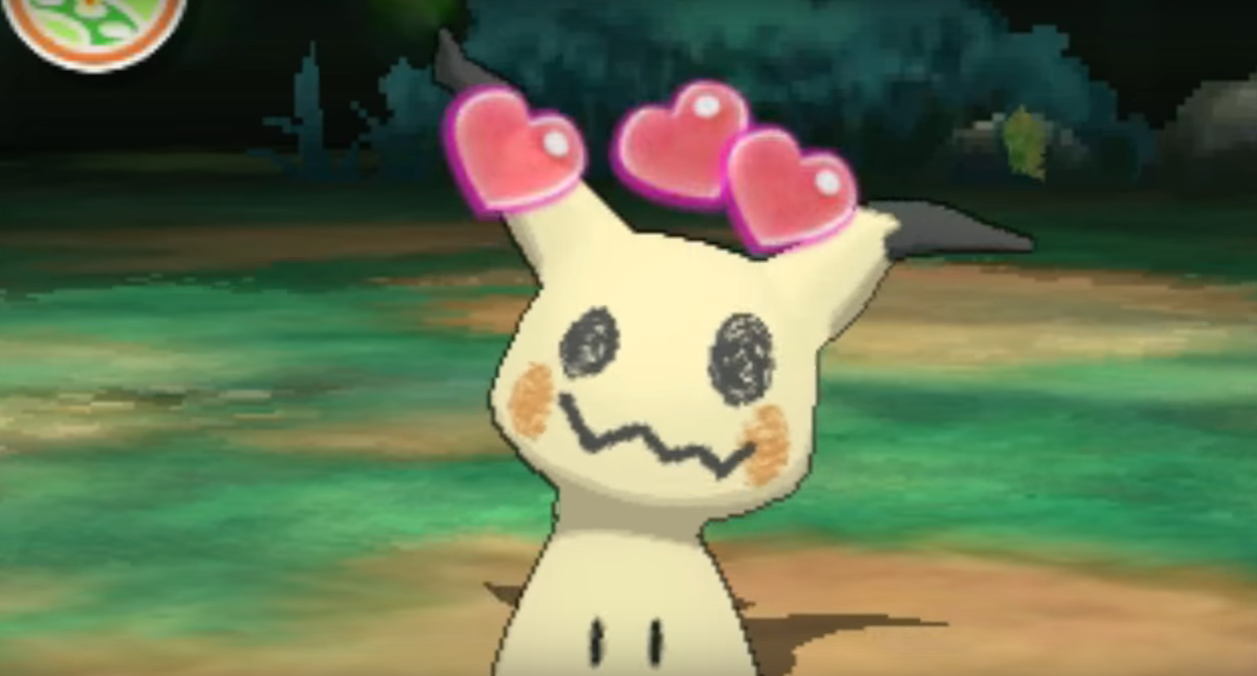Neither sequels nor remakes, Pokemon Ultra Sun and Ultra Moon take a mostly simple approach to updating 2016's Sun and Moon. Much of the previous games has been left untouched--the story once again takes place on the tropical island region of Alola and focuses on the Island Challenge, which differs slightly from the series' typical Gym Badge-based progression. But some key story details have changed, keeping things surprising for returning players even if the story itself is basic RPG fare. Most notably, there are small quality-of-life improvements and charming touches that make an already enjoyable Pokemon game a more endearing experience regardless of your skill level.
The original Sun and Moon brought new Pokemon, a break from the Gym formula, and a number of updates that make the seventh generation (Ultra Sun and Moon included) the most approachable and prettiest Pokemon games yet. With an overwhelming roster of monsters to catch, Sun and Moon's UI improvements made it easier to battle without an encyclopedic knowledge of every Pokemon, as well as train your prize fighters for the competitive metagame. But if you fell somewhere between newcomer and meta player, a mediocre story and pacing issues may have been disappointing.

Ultra Sun and Moon immediately streamline the originals' slow start. As a newcomer to Alola, you quickly get your first Pokemon and are initiated into the Island Challenge, a series of trials that Alolan Pokemon trainers undergo to prove themselves. Instead of meeting all the characters and going through a few cutscenes before picking your starter Pokemon, this time around you get to pick a starter right away and then go through the introductory story beats. The result is an opening that doesn't hold your hand in the same way it did before--though it still has the obligatory Pokemon-catching tutorial, among others--and lets you wander more freely, a welcome change for both returning and new players.
Even before the first trial, you'll have the opportunity to catch some pretty good Pokemon covering a variety of types and needs, including Pichu, Gastly, and Rockruff, meaning you can build a useful team early on without going too far out of your way. And you won't have to spend much, if any, time grinding to make it through the Island Challenge as long as you battle any trainers you encounter on your journey.
Some of the trials are slightly different this time, like the one where you have to find a series of ingredients to make a stew, which adds a more puzzle-like element to stave off the fetch quest feel. Most notably, though, the battles against the powerful Totem Pokemon seem a little more sophisticated; the ally Pokemon that join these extra-powerful opponents in battle will sometimes use doubles support moves like Sunny Day to throw a wrench in your plans, and the added challenge is more satisfying to overcome.
Other than the trial tweaks, the next 15 or so hours--roughly the first three islands--are essentially the same as Sun and Moon, but new, small details break up the stretches of repetition. Your Rotom Pokedex asks you questions and makes adorable faces as you get to know it (though it can be a little too chatty at times). You'll occasionally find a Pokemon in the world that just wants to play with you, and you can do things like play peek-a-boo and even walk through a meadow of playful Pikachu. There are also more side quests to take on, and though they're rather small requests like catching a specific Pokemon or finding a few Pokemon that are hiding in a particular area, they reward thorough exploration and provide fun distractions in between trials. Talking to everyone, too, has its benefits; there are tons of new silly and cute interactions to be had that add even more personality to Alola and its inhabitants.
While all of the best parts of Sun and Moon are present and accounted for and things in general get off to a quicker start, Ultra Sun and Moon's story remains underwhelming. And with the introduction of a new sort-of-antagonist in the robotic, mysterious Ultra Recon Squad duo, there's almost too much going on--especially since there's already two antagonist groups in Alola as is. By the time you've confronted Team Skull and are immediately thrown into a confrontation at the returning Aether Paradise, you'll probably wish you could just get back to your Island Challenge and become the Champion already.
Though they aren't very different from their predecessors, Ultra Sun and Ultra Moon make enough changes to stand apart as the definitive version of the seventh generation games. An overly complicated story is offset by charming details that bring even more life to the most vibrant Pokemon region to date, and small fixes iron out the shakier parts of the original journey. If you make it through Alola a second (or even first) time, you'll be rewarded with a fun-filled and uplifting Pokemon adventure with its own share of spoilery surprises in store.






